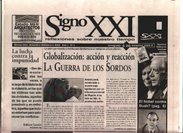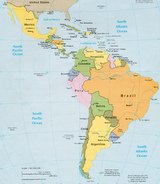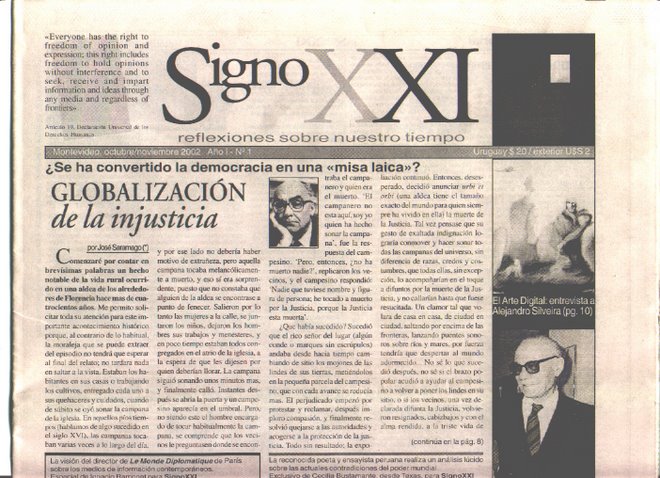Central and South America > Argentina > Buenos Aires
Argentine Nights
Lalo de Almeida for The New York Times
David Lampson, from Boston, and Maria Faccioti, of Argentina, tango at Salón Canning.
By DENNY LEE
Published: March 16, 2008
THE tango dancers took their places inside a cramped apartment in downtown Buenos Aires, as David Lampson, a 29-year-old television writer from Boston, wiped his brow. Despite the 100-degree weather, the fans had been shut off, spotlights switched on and windows blacked out with trash bags. The cameraman waited until the smoke machine blurred the parquet floor before yelling “Action!” Then just as the iTunes track reached its dramatic crescendo, the fuse blew. For the fourth time.
Skip to next paragraph
Buenos Aires Travel Guide
Where to Stay
Where to Eat
What to Do
Go to the Buenos Aires Travel Guide »
Multimedia
Slide Show
Buenos Aires: Bohemians-in-Exile
Map
Buenos Aires
Enlarge This Image
Lalo de Almeida for The New York Times
In the Palermo SoHo neighborhood. More Photos »
“Let’s unplug the other fan and try again,” Mr. Lampson told the polyglot cast and crew, which included a Greek mother, a Colombian architect and an Argentine shoemaker. Also present was a New York City film student, who was editing the footage for YouTube distribution. Mr. Lampson likened the process to creating art from garbage. “There is a tango dance based on this idea,” he added, “called cambalache.”
A better term might be bohemians-in-exile. A new kind of tango is taking shape along the crooked back streets of Buenos Aires. At a former furniture factory on Calle Honduras, the British music engineer Tom Rixton, who has worked with top acts like Depeche Mode, runs a stylish boutique hotel called Home with his Argentine wife. Nearby on Calle Garruchaga, Amanda Knauer, a fashion designer from Manhattan, sells a chic line of leather handbags at Qara. And at Zizek, a weekly dance party run by an expat from San Antonio, the cha-ch-ch-cha rhythms of cumbia folk music quivers to an electronic beat.
“There are expats everywhere tapping into the city’s thriving cultural and arts scene,” said Grant C. Dull, Zizek’s founder, who also runs the popular bilingual Web guide WhatsUpBuenosAires.com. “And it’s not backpacker types, but people with money and contacts.”
Drawn by the city’s cheap prices and Paris-like elegance, legions of foreign artists are colonizing Buenos Aires and transforming this sprawling metropolis into a throbbing hothouse of cool. Musicians, designers, artists, writers and filmmakers are sinking their teeth into the city’s transcontinental mix of Latin élan and European polish, and are helping shake the Argentine capital out of its cultural malaise after a humbling economic crisis earlier this decade.
Video directors are scouting tango ballrooms for English-speaking actors. Wine-soaked gallery openings and behemoth gay discos are keeping the city’s insomniacs up till sunrise. And artists from the United States, England, Italy and beyond are snapping up town houses in scruffy neighborhoods and giving the areas Anglo-ized names like Palermo SoHo and Palermo Hollywood.
Comparisons with other bohemian capitals are almost unavoidable. “It’s like Prague in the 1990s,” said Mr. Lampson, who is perhaps best known for winning a Bravo TV reality show, “Situation: Comedy,” in 2005, about sitcom writers. Despite his minor celebrity, he decided to forgo the Los Angeles rat race and moved to Buenos Aires, where he is writing an NBC pilot, along with his Web novela, www.historyandtheuniverse.com. “Buenos Aires is a more interesting place to live than Los Angeles, and it’s much, much cheaper. You can’t believe a city this nice is so cheap.”
That wasn’t always the case. For much of the 20th century, Buenos Aires ranked among the world’s most expensive capitals, on par with Paris and New York. Broad boulevards were lined with splendid specimens of French belle époque architecture that evoked the Champs-Élysées, and tree-lined streets were buzzing with late-night cafes and oak-and-brass bars. Locals, it is often said, identify more as European than South American.
Then came the financial crisis of late 2001. The Argentine peso, which was once pegged to the United States dollar, plunged to a low of nearly 4 to 1 in the face of mounting debt and runaway inflation. (It holds steadily today at about 3 to 1.) Overnight, Buenos Aires went from being among the priciest cities to one of the world’s great bargain spots.
There was a silver lining. Even as local artists flocked overseas, producing a kind of creative brain drain from Buenos Aires, foreigners arrived in record numbers. And what they discovered was that this fast-paced city of three million offered more than just tango and cheap steaks. The Argentine capital also had balmy weather, hedonistic night life and a cosmopolitan air that thrives on novelty.
Situated at the wide mouth of the Río de la Plata, Buenos Aires sprawls across the flat landscape with the force of a concrete hurricane. It takes more than an hour to traverse opposite ends by yellow-and-black taxi. And that’s not mentioning the 48 barrios that creep inland, each with a distinct personality and crisscrossed by a web of cobblestone alleys and 12-lane mega-streets. There are business districts like Microcentro, leafy barrios like Recoleta and manufacturing sectors like La Paterna.
And nearly everywhere you turn these days, the new arrivals seem to be planting their flags, whether at a so-called chorizo house in historic San Telmo or a glassy condo in Puerto Madero. Or, for that matter, a former door factory on Calle Aguirre, which Sebastiano Mauri, 35, a painter and video artist from Milan, recently bought with several artists on the industrial outskirts of Palermo.
“Some are now calling this area Palermo Brooklyn,” said Mr. Mauri during a recent visit of his renovated factory, a bright yellow building on an otherwise gray street. Cost for the entire four-story factory? $130,000. “Buenos Aires makes Milan look like a neighborhood. It’s lively, multiethnic and you have Europeans from all over.”
After gutting the third floor, Mr. Mauri spent the past year converting it into an artist-in-residence studio with hardwood floors, stainless-steel kitchen cabinets and midcentury-modern furniture. To celebrate the near-completion, he held a rooftop barbecue on a breezy Saturday in January that drew a cross section of Buenos Aires’s art elite.
Drinking malbec out of plastic cups and eating steaks with dollops of ratatouille, the crowd of about 20 artists, curators and collectors chatted easily about the hyper-commercialized state of art, a towering sex hotel (known as a telo) nearby and the city’s obsession with ice cream. “Artists come here because they can be free,” said Florencia Braga Menéndez, whose namesake contemporary art gallery is arguably the city’s most influential. “As a gallerist, I never tell my artists what sells. They must create for themselves.”
That creative freedom has fueled plenty of cultural cross-pollination. Dick Verdult, an avant-garde musician and artist from the Netherlands, began toying with cumbia around 2000, manipulating the childish rhythms of the South American folk music with electronic bass lines, time delays and sampled voices. “Cumbia is like a ball of clay,” said Mr. Verdult, 53, who is better known by his stage name, Dick El Demasiado. “If you stick to the simple laws” — a 4/4 rhythm that he likens to a galloping horse — “but disregard the tradition, you can do a lot with it. Argentina has a very elastic culture.”
1
2
3 Next Page »
Next Article in Travel (3 of 21) »
-------------------------------------------------
Ir al Sitio principal Escritos críticos / Ensayos
www.majfud.50megs.com
Reflexiones sobre nuestro tiempo
-------------------------------------------------
lunes, marzo 17, 2008
Suscribirse a:
Comentarios de la entrada (Atom)




No hay comentarios.:
Publicar un comentario